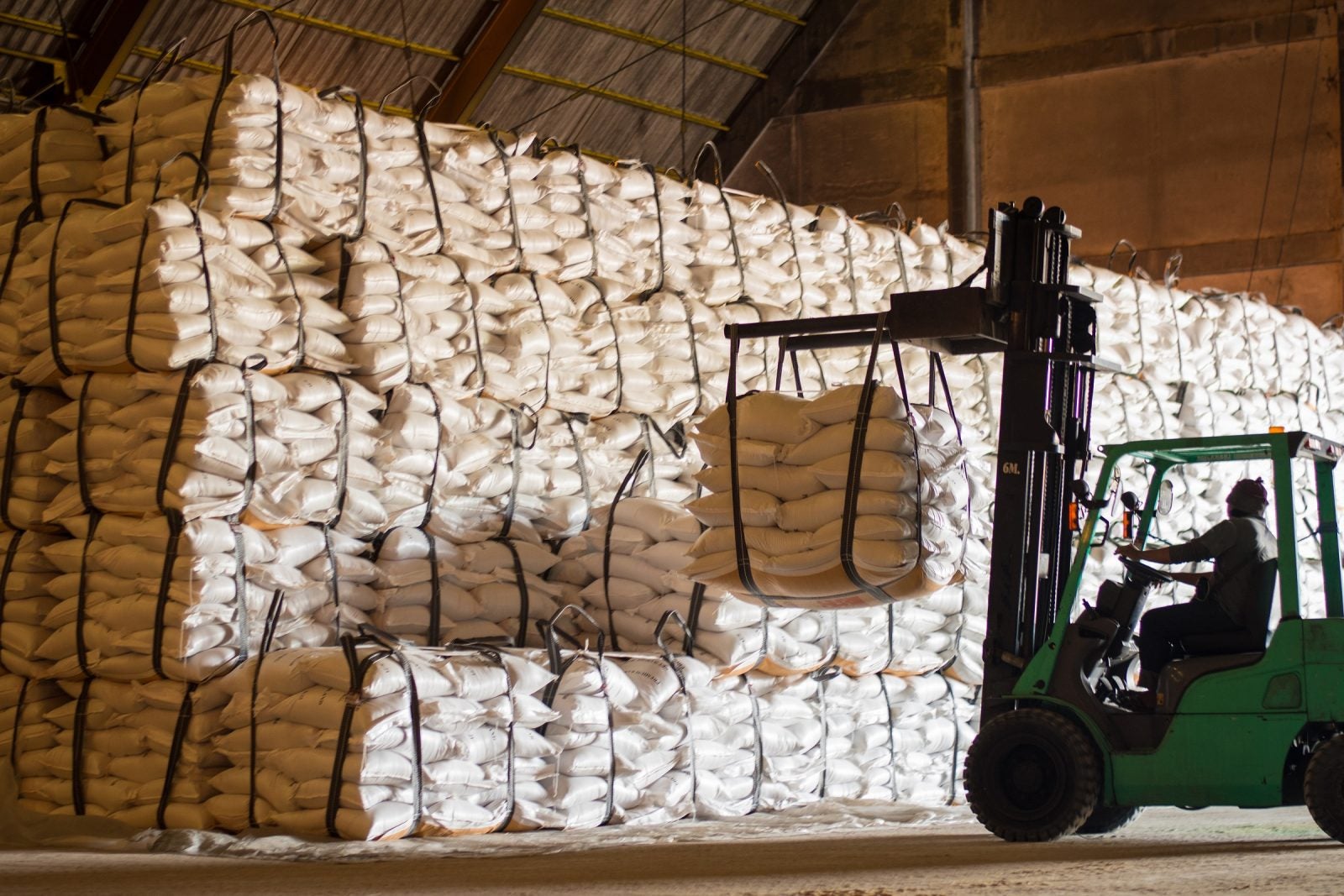
Higher prices for food commodities and increasing freight costs will see the global food import bill reach an all-time high this year, a UN report has said.
The Food and Agriculture Organization of the United Nations (FAO) said that outcome would “pose significant challenges for poorer countries and consumers, who spend large shares of their incomes on these basic necessities”.
The report points to a growing number of countries – now 53 – where households spend more than 60% of their income on necessities such as food, fuel, water and housing. The FAO warns rising food and fuel prices can have a regressive impact on poor consumers and urges particular “vigilance” in this regard.
The FAO expects the global food import bill to surpass US$1.75trn this year, a 14% increase from the previous year and 12% higher than its earlier forecast in June 2021.
Its report said that while global food trade has shown “remarkable resilience to disruptions throughout the COVID-19 pandemic”, developing regions are facing sharp increases in the prices of basic staples such as cereals, animal fats, vegetable oils and oilseeds. High-value foods, such as fruits and vegetables, fishery products and beverages are driving the bulk of the increases for developed regions, the report noted.
Issued twice a year, the FAO’s Food Outlook reviews market supply and demand trends for the world’s major foodstuffs, including cereals, vegetable oils, sugar, meat, dairy and fish. It also looks at trends in futures markets and shipping costs for food commodities.

US Tariffs are shifting - will you react or anticipate?
Don’t let policy changes catch you off guard. Stay proactive with real-time data and expert analysis.
By GlobalDataWorld meat production in 2021 is forecast to expand, “principally triggered by a swift output rebound in China, especially pig meat”.
But the report said a growth slowdown in the global meat trade is likely due to anticipated declines in imports by leading importing regions, especially Asia and Europe.
Global milk production in 2021 is forecast to expand, with anticipated increases in all major producing regions, led by Asia and North America. Global trade in dairy products is also forecast to expand, amid the ongoing economic recovery from Covid-19 market disruptions. However, in recent months, the import growth rate has slowed down due to rising domestic production and sluggish consumer demand.
Fisheries and aquaculture output in 2021 is forecast to grow by 2% from the 2020 level. “The fish trade is bouncing back despite high freight costs and logistical delays,” the report said.
The FAO Food Price Index (FFPI) – which tracks the internationally-traded prices of major agricultural food commodities – reached a ten-year high in August 2021.



